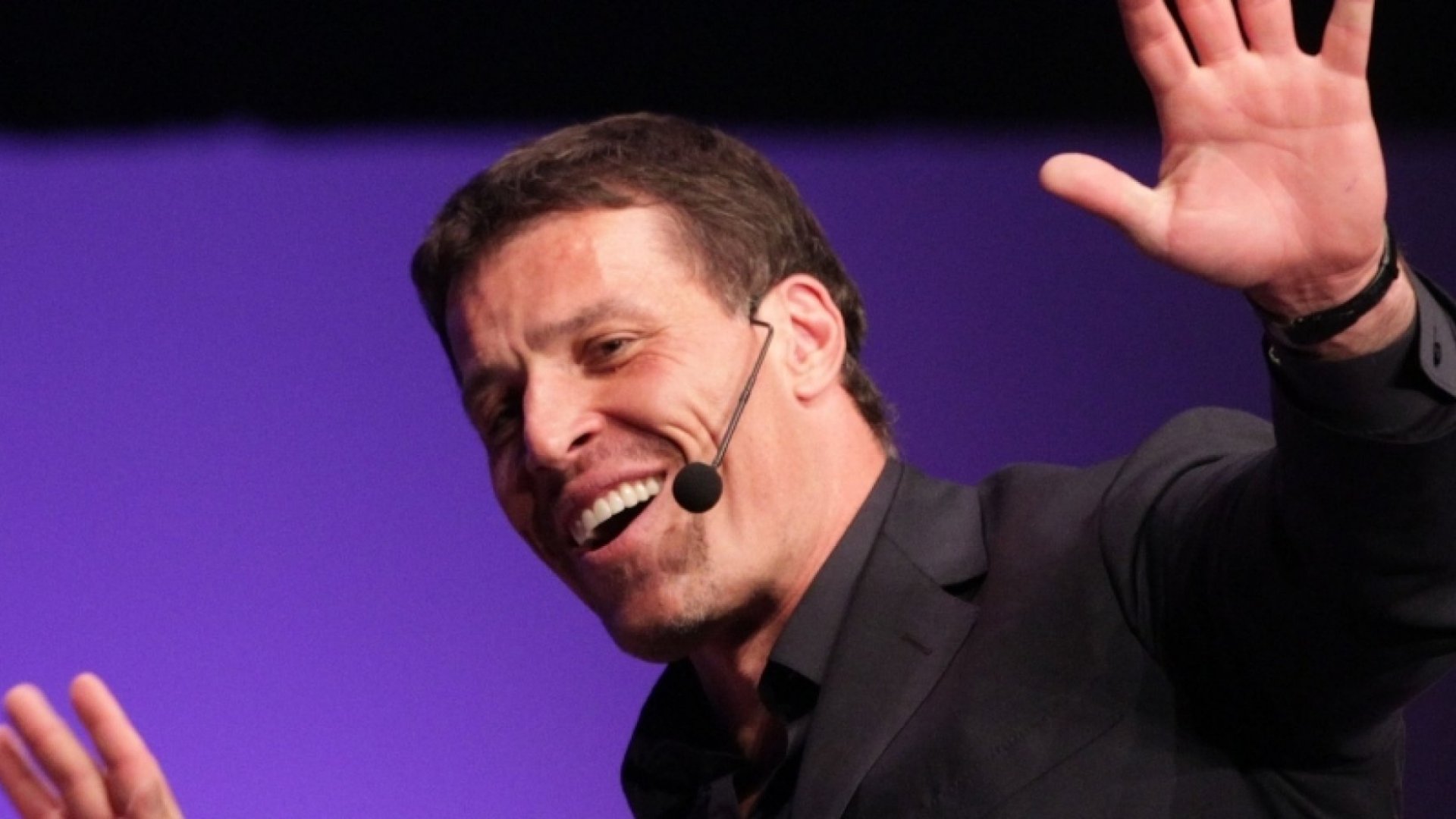
What is the key to effective communication?
“Have you ever wondered what makes some conversations flow seamlessly while others stumble or fall flat?”
This question invites you to explore the art of effective communication. It’s not just about what we say but how we say it and, more importantly, how we listen. In this article, I cover not only communication secrets used by top leaders but also the key to effective communication. I unravel some key ingredients behind successful interactions and how mastering communication skills can transform your personal and professional life.
Tony Robbins, renowned motivational speaker and author, said:
“To effectively communicate, we must realize that we are all different in the way we perceive the world and use this understanding as a guide to our communication with others.”
What Tony says encapsulates a fundamental principle in effective communication – recognizing and appreciating individual differences in perception. In this article, we will explore the depth of this concept and provide practical advice on applying it in everyday communication.
Understanding Diverse Perceptions
People view the world through a unique lens shaped by their experiences, culture, beliefs, and personality.
This diversity in perception can lead to rich, varied viewpoints but can also be a source of misunderstanding and conflict. Effective communication requires an awareness of these differences and an effort to understand and respect them.
The Power of Empathy in Communication
Empathy is the ability to understand and share the feelings of another. We can gain insights into their perspective by placing ourselves in others’ shoes.
Empathetic communication goes beyond just hearing words; it involves a genuine attempt to understand the emotions and motives behind them.
Challenges in Overcoming Perceptual Differences
Miscommunication often arises when we assume others see the world as we do. This assumption can lead to misinterpretation of intentions and meanings.
The challenge is acknowledging that our perspective is not the only valid one and being open to different viewpoints.
The Role of Active Listening
Active listening is a critical skill in bridging perceptual differences. It involves fully concentrating on the speaker, understanding their message, and responding thoughtfully. Active listening respects the speaker’s perspective and fosters a deeper understanding.
Practical Advice to Apply Tony Robbins’ Quote
- Cultivate Empathy: Regularly practice putting yourself in others’ shoes. Try to understand their background, experiences, and feelings. This practice will help you appreciate diverse perspectives.
- Engage in Active Listening: Make a conscious effort to listen more and speak less. Pay attention not just to words but also to non-verbal cues like tone and body language.
- Avoid Assumptions: Challenge your assumptions about what others think or feel. Ask questions to clarify and ensure you understand their perspective.
- Embrace Diversity: Actively seek out and engage with people with different views and experiences. This exposure will broaden your understanding of the world.
- Reflect on Your Perceptions: Regularly reflect on your biases and how they might affect your communication. Be willing to adjust your views and approach based on new insights.
Tony Robbins’s quote reminds us of the rich tapestry of human perception and the importance of embracing this diversity in our communication.
Applying the above practical advice can enhance our communication skills, leading to more meaningful connections and a greater understanding of the world.
In doing so, we become better communicators and more empathetic and open-minded individuals.
If you found this article interesting and informative, also check out my recent articles, Five Ingredients of Effective Communication and Communication is More Than Just Words.
Love, Jim

